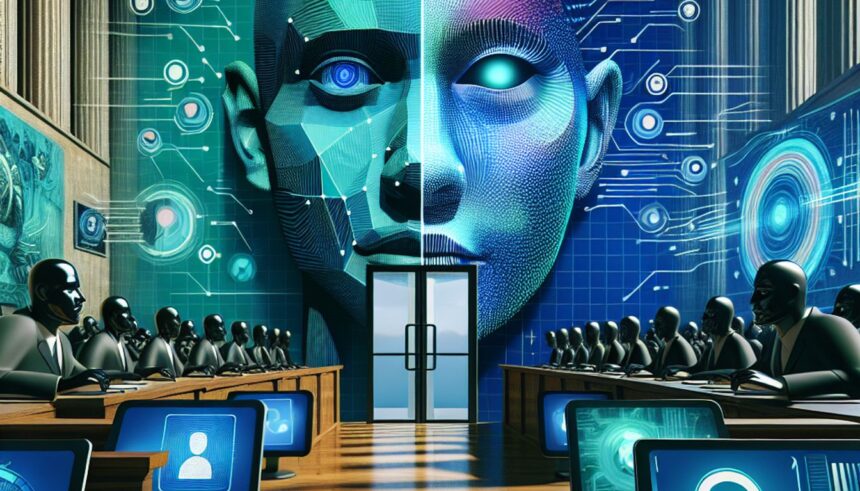In a significant legal victory, Apple Inc. has successfully defended itself in a high-stakes Apple patent dispute involving its proprietary Secure Enclave technology, which powers the Face ID and Touch ID features on its devices. The case, brought forward by Identity Security LLC, which sought damages amounting to $360 million, revolved around allegations of patent infringement tied to Apple’s methods of securing user data on various devices.
The Core of the Apple Patent Dispute
The crux of the legal challenge was Identity Security LLC’s claim that Apple’s Secure Enclave technology infringed upon their patents concerning user identification and security measures. Secure Enclave is integral to the security framework of Apple devices, handling sensitive functions like data encryption and biometric identification through Face ID and Touch ID.
Introduced first in the iPhone 5s, Secure Enclave has since been a foundational technology ensuring that sensitive user data remains encrypted and protected from external threats and even Apple itself. This lawsuit drew industry-wide attention due to its potential implications on user data security and the use of biometric authentication in technology.
Understanding Secure Enclave’s Impact on Technology
Secure Enclave represents a significant stride in cybersecurity, providing a segregated environment within Apple processors to safeguard cryptographic operations. By isolating this partition from the main processor, it ensures that sensitive data, including fingerprints and facial recognition maps collected via Face ID and Touch ID, remain secure against hacking attempts and malware.
The technology behind Secure Enclave is pivotal not only for consumer trust but also for the broader tech industry, setting benchmarks for data security within user devices. The patent dispute underscored the complexities of intellectual property in technology, where innovative ideas are the currency of advancement.
Broader Implications for Tech Innovation
The trial, which concluded in the Western District of Texas, was closely monitored by industry experts, reflecting the broader struggle within tech over the balance between innovation and intellectual property rights. The jury’s decision favoring Apple has been seen as an affirmation of the company’s innovative practices while also setting a critical precedent for technology patents.
Identity Security LLC: A Glimpse into the Claimant
Identity Security LLC, the claimant in this patent infringement lawsuit, has described itself as an IT recruiting firm that interfaces with technology and security challenges. Their decision to sue Apple highlighted the often contentious nature of patent ownership in the tech world where patents can be as much about protecting innovations as they are strategic assets used in corporate battles.
Future Propsects in Secure Digital Identity
The outcome of this lawsuit is likely to spur further innovation in the domain of secure digital identity solutions. As biometric technologies like Face ID and Touch ID become ubiquitous, ensuring these technologies operate within legal frameworks becomes paramount. Apple’s ability to defend its technological implementations sets the stage for future advancements in secure authentication methods.
Conclusion
The resolution of the Apple patent dispute is not just a victory for Apple but a moment of reflection for the tech industry on the interplay between innovation and intellectual property. As companies continue to push the boundaries of what’s possible in tech, they also navigate the intricate landscape of patent laws designed to protect groundbreaking ideas while fostering competition.
For those keen on the intersection of technology and law, the case of Apple versus Identity Security LLC offers profound insights into the strategies companies might need to employ to safeguard their innovations while honoring the intellectual properties of others.
With technology evolving at a breakneck pace, the importance of legal frameworks that both stimulate innovations and protect intellectual rights has never been more critical. As this case demonstrates, in the tech world, innovation and legality are two sides of the same coin, each needing to be managed with care, foresight, and respect for the broader impacts on industry and society.







